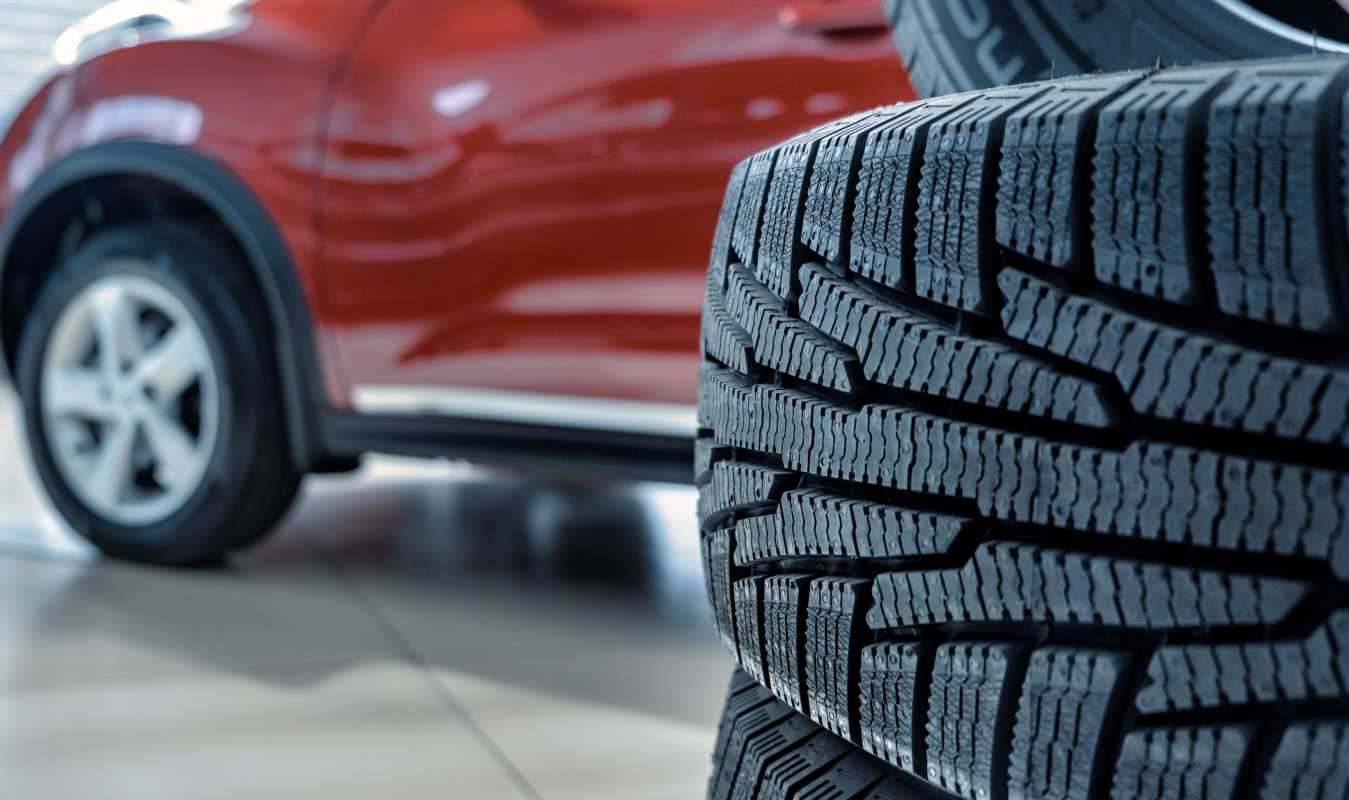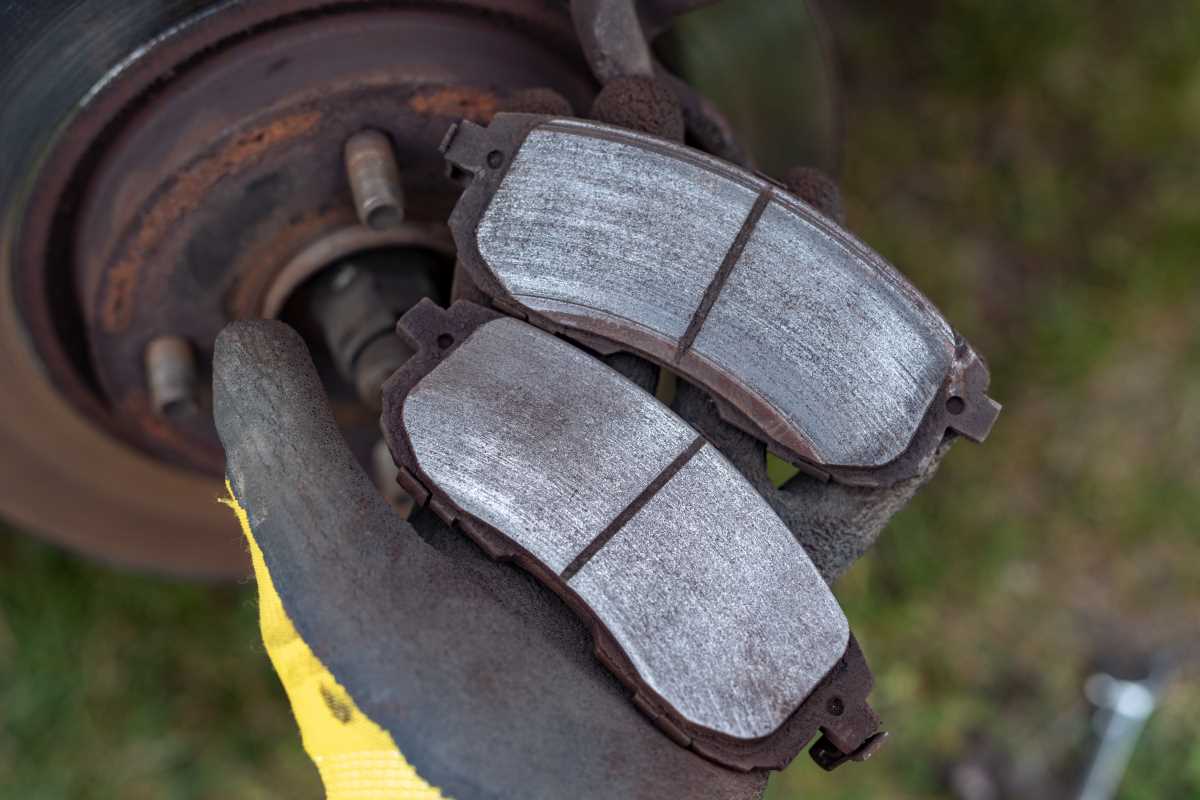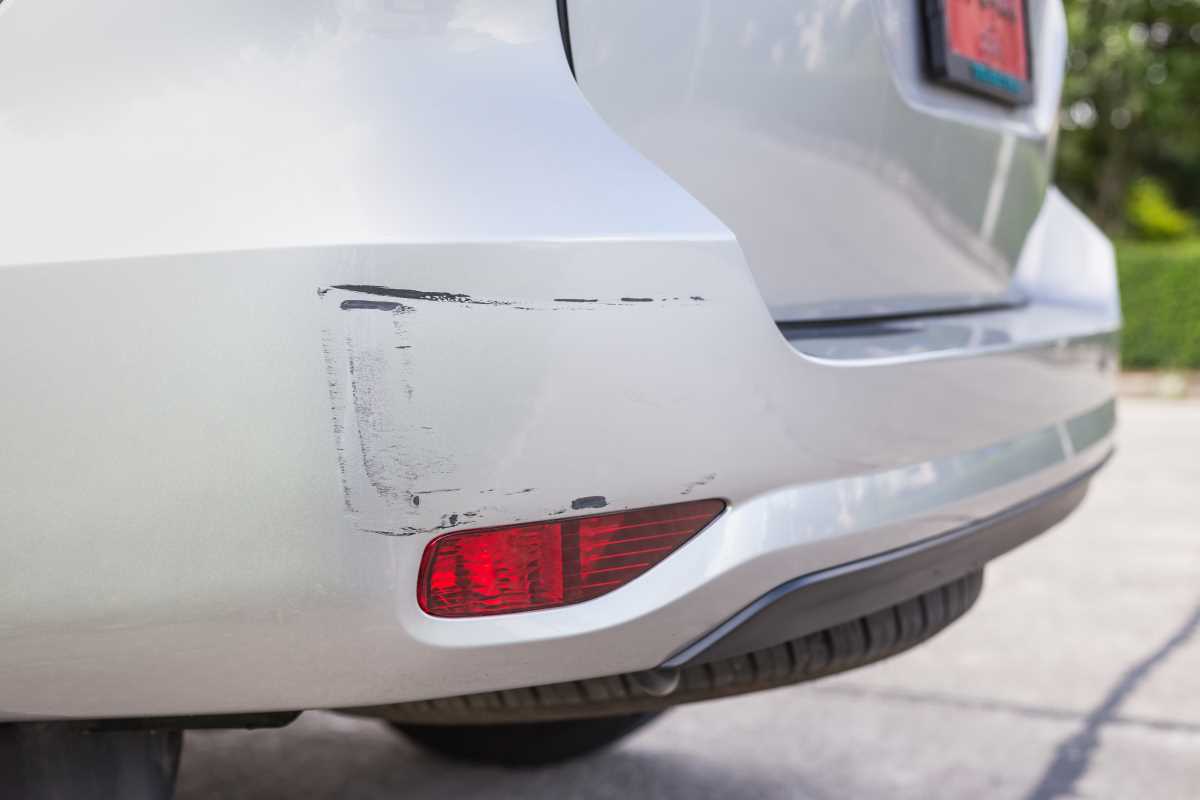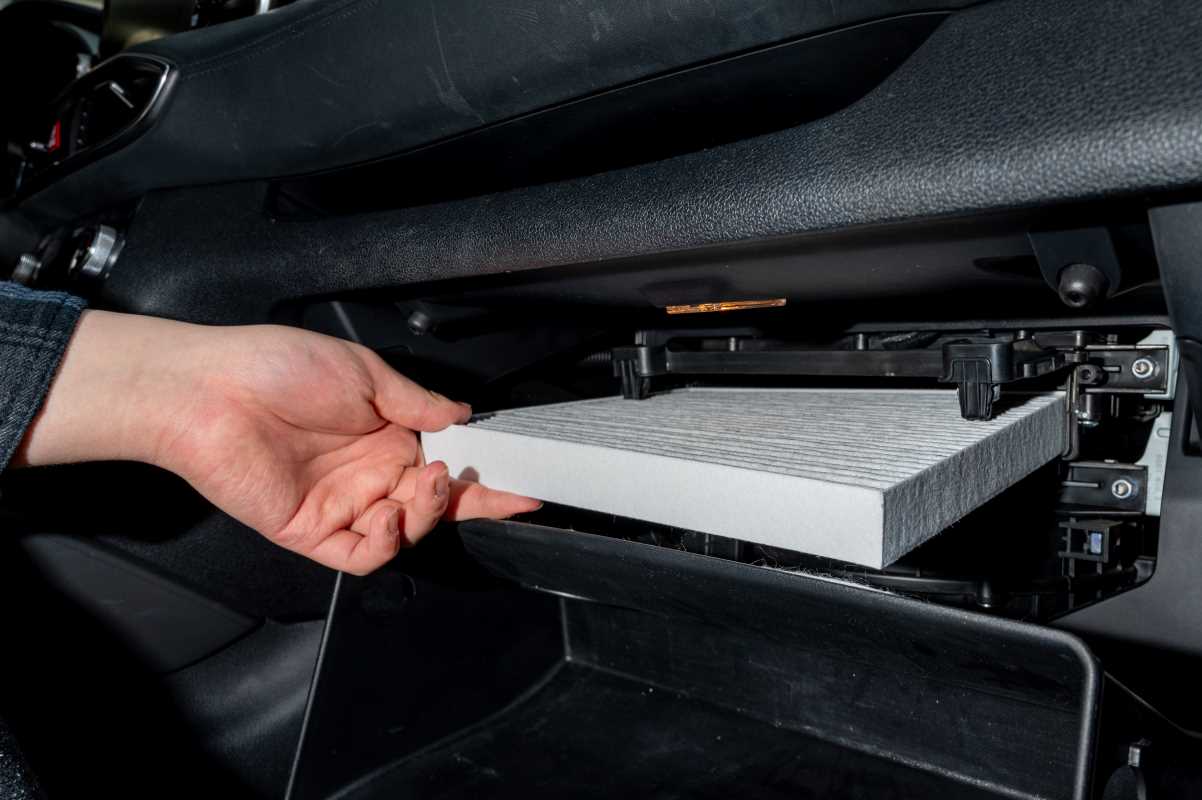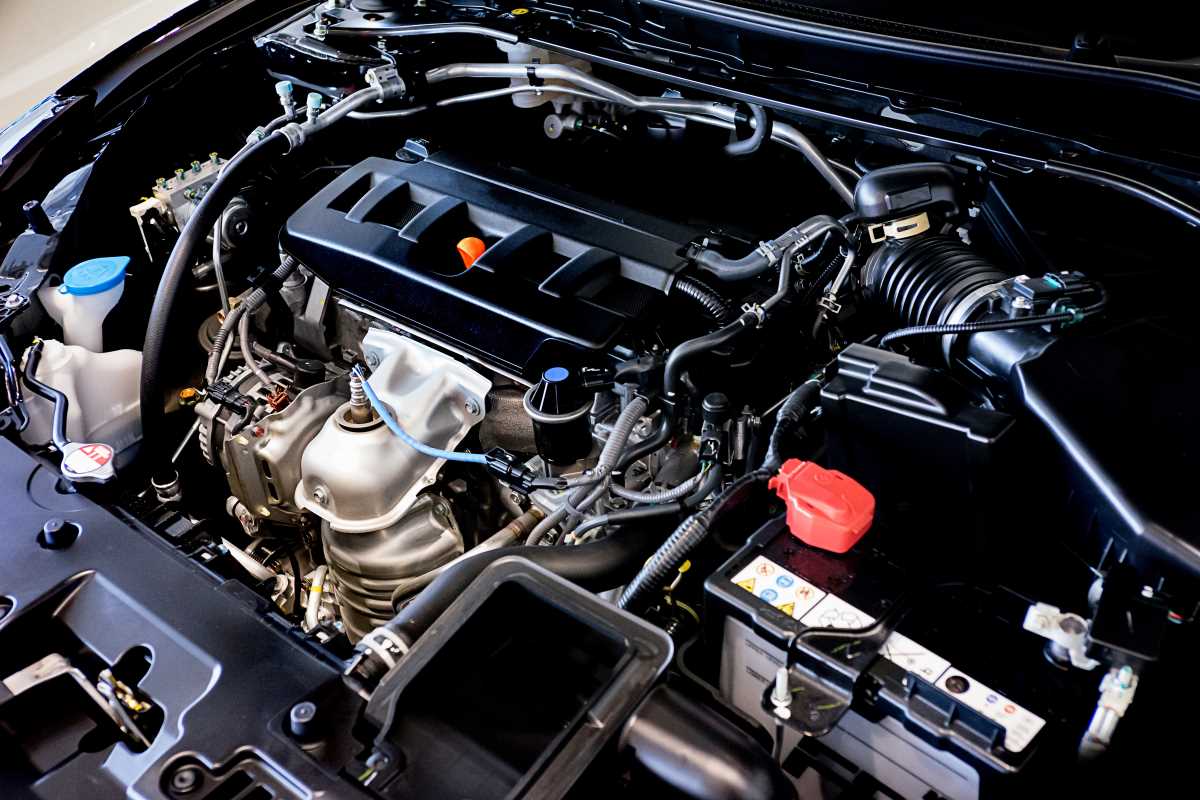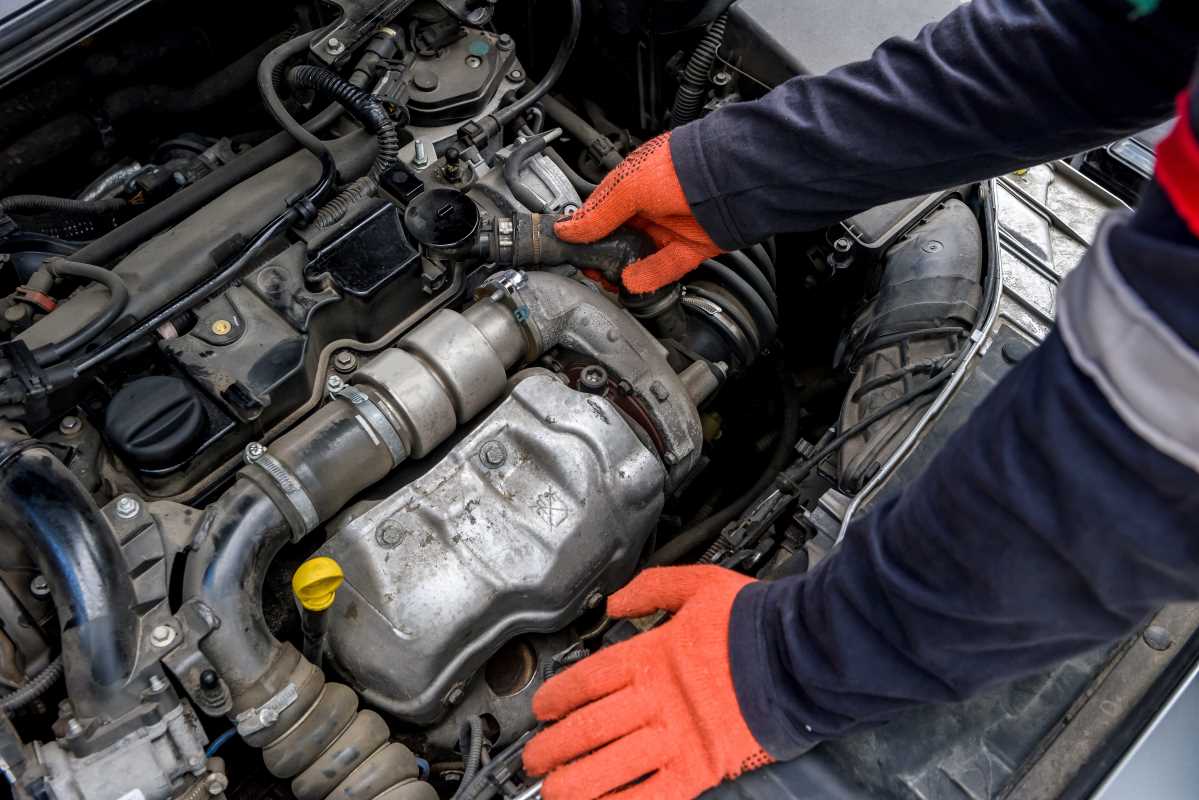Your car’s ability to go is exciting, but its ability to stop is non-negotiable. The brake system is your single most important safety feature, and giving it the attention it deserves is crucial for your confidence behind the wheel. Proper maintenance ensures you have the shortest possible stopping distance when you need it most and prevents the kind of cascading failures that turn a simple job into an expensive nightmare. Proactive care is the difference between a quick pad swap and a full replacement of pads, rotors, and calipers. By understanding how your brakes work and adopting a few best practices, you can keep your system in top shape, ensuring it’s ready to perform flawlessly every time you press the pedal.
Understanding Your Brake System's Key Players
Your brake system is a team of components working in perfect harmony. When you press the brake pedal, you are pushing a piston inside the master cylinder, which sends high-pressure brake fluid through a network of brake lines to each wheel. At the wheel, this hydraulic pressure acts on a caliper. The caliper squeezes brake pads against a spinning disc called a rotor, creating immense friction that slows the car down. Some rear brakes may use a drum and shoe system, but the principle is the same. The brake fluid, pads, and rotors are the primary wear items, but the entire system, including the calipers and lines, needs regular attention to work correctly.
Daily Habits and Simple Inspections
You can monitor your brakes' health every time you drive. Pay attention to the sounds your car makes. A high-pitched squeal often indicates the built-in wear indicators on your brake pads are touching the rotor, signaling it's time for a change. Listen for any grinding, which means the pads are completely worn out. Also, notice how the pedal feels. It should be firm and consistent. A soft, spongy pedal suggests air in the lines or old fluid, while a pulsing pedal points to warped rotors. A quick visual inspection through your wheel spokes can also tell you a lot. You can often see the thickness of the outer brake pad and check the rotor's surface for any deep grooves or discoloration.
The Importance of Brake Fluid Care
Brake fluid is the lifeblood of the system, yet it is one of the most neglected components. Most brake fluids are hygroscopic, meaning they absorb moisture from the atmosphere over time. This water contamination lowers the fluid’s boiling point, which can lead to a dangerous loss of braking power under heavy use, a condition known as brake fade. That's why most manufacturers recommend a complete brake fluid flush every two to three years. You can check the fluid level in the clear reservoir in your engine bay. If the fluid looks dark and murky instead of clear or light amber, it's definitely time for a change. Always use the specific DOT rating (like DOT 3, DOT 4, or DOT 5.1) recommended for your vehicle.
Proper Lubrication and Cleaning
A common cause of uneven brake wear and strange noises is a lack of lubrication. The brake caliper needs to slide freely on a set of pins to apply even pressure. Over time, these slide pins can get corroded or gummed up. During a brake job, it’s essential to clean and re-lubricate these pins with a specialized high-temperature silicone-based grease. The metal contact points where the brake pads sit in the caliper bracket should also be cleaned and lightly lubricated. Using the wrong lubricant, like anti-seize or regular grease, can cause rubber seals to swell and fail, so always use products specifically designed for brake systems.
Best Practices for Replacing Pads and Rotors
When it's time to replace your pads and rotors, a few extra steps make a huge difference. After removing the old rotor, take a moment to clean the wheel hub surface of any rust or debris. A perfectly clean mounting surface ensures the new rotor sits completely flat, which is the number one way to prevent warping and brake judder. After installing the new components, follow a proper "bedding-in" procedure. This involves a series of controlled stops to transfer an even layer of friction material from the new pads onto the new rotors, ensuring smooth, quiet, and powerful braking for the life of the pads.
Don't Forget the Parking Brake
The parking brake, or emergency brake, is another part of the system that needs attention. In cars with rear disc brakes, the parking brake mechanism can be integrated into the caliper itself or be a small drum brake inside the rotor hub. Regularly using your parking brake, even on flat ground, helps keep the cables and mechanisms from seizing up due to rust and disuse. If you notice the handle pulls up much higher than it used to, it may be time to have the cable adjusted.
When to DIY and When to Call a Pro
Replacing brake pads, rotors, and performing a fluid flush are all very manageable jobs for a confident DIYer with the right tools and safety gear. However, some issues are best left to a professional. If your ABS or traction control warning lights are on, you need a specialized scan tool to diagnose the problem. Any suspected hydraulic leak from a brake line or caliper requires immediate expert attention. If you've replaced your rotors and still have a persistent pulsation, a pro can measure rotor runout to find the true cause of the problem.
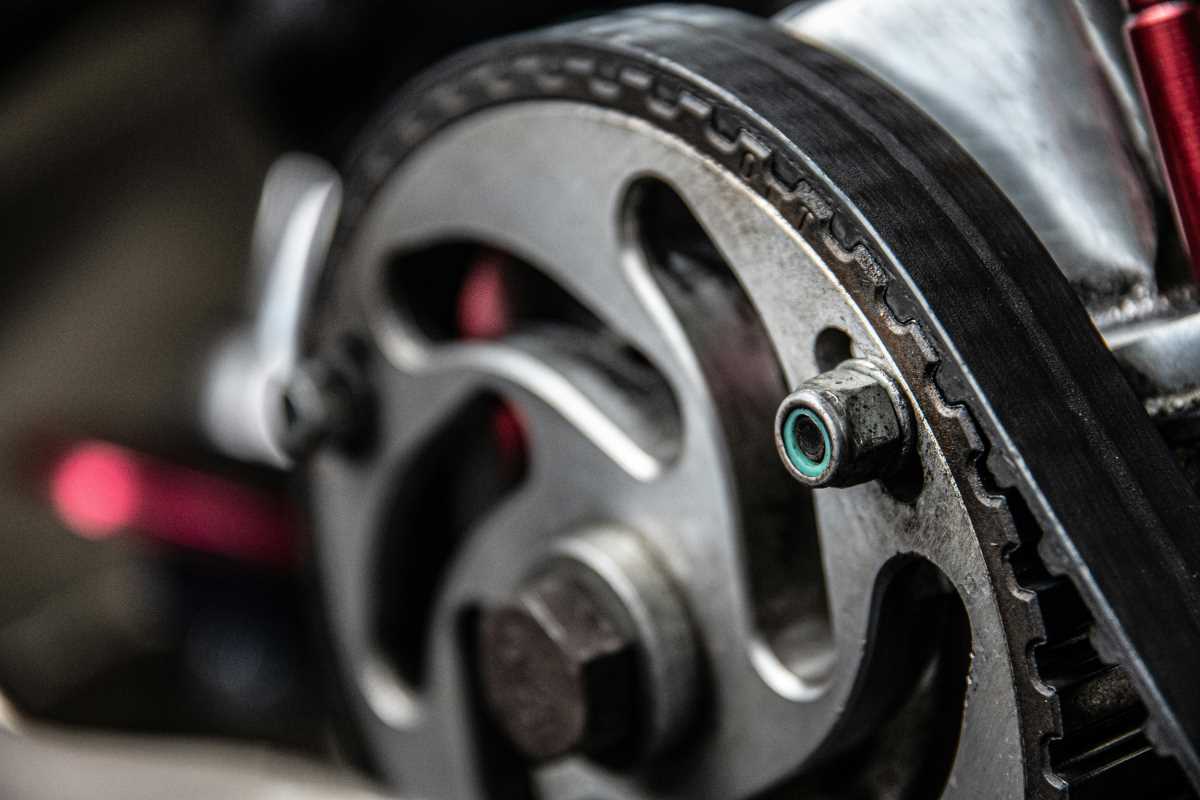 (Image via
(Image via